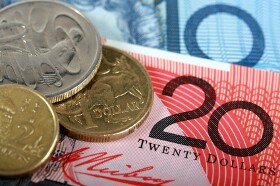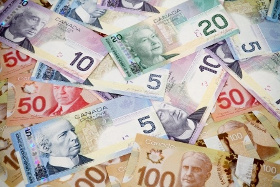Macroeconomic data released in Australia on Thursday was not good but that hardly affected the Australian currency. The Aussie was trading flat against all of its most-traded peers as trading was very quiet due to a holiday in the United States.
The Australian Bureau of Statistics reported that private capital expenditure dropped by 3.0% in the September quarter from the previous three months. The actual drop was two times bigger than the forecast decrease of 1.5%. The previous quarter’s drop got a negative revision from 5.9% to 6.4%.
Victoria and New South Wales — Australia’s two biggest states — opened borders between them on November 23 for the first time since July, when the number of coronavirus cases surged in Melbourne, Victoria’s state capital. But with no new cases registered since November, the officials decided that it is safe to reopen the borders. Meanwhile, Queensland Premier Annastacia Palaszczuk announced that the border between Queensland and Victoria will be reopened on December 1:
This is just such fantastic news. So it means … Victorians can also come to Queensland and, of course, Queenslanders can go to Victoria as well.
The reopening of the borders together with Monday’s positive PMI reports led to speculation among market participants that the Reserve Bank of Australia does not have much incentive to ease monetary policy further. In fact, analysts believe that the interest rate cut delivered by the RBA in November will be the last in the foreseeable future.
AUD/USD traded at its opening level of 0.7363 as of 11:37 GMT today. EUR/AUD opened at 1.6177, rallied to the high of 1.6213 intraday, but retreated to 1.6168 later. AUD/JPY edged down from 76.89 to 76.77.
If you have any questions, comments, or opinions regarding the Australian Dollar, feel free to post them using the commentary form below.



Be First to Comment